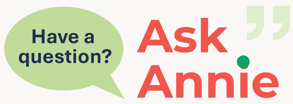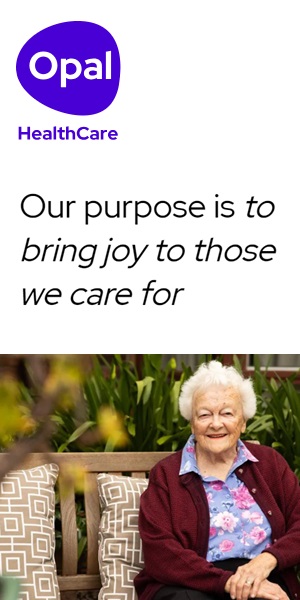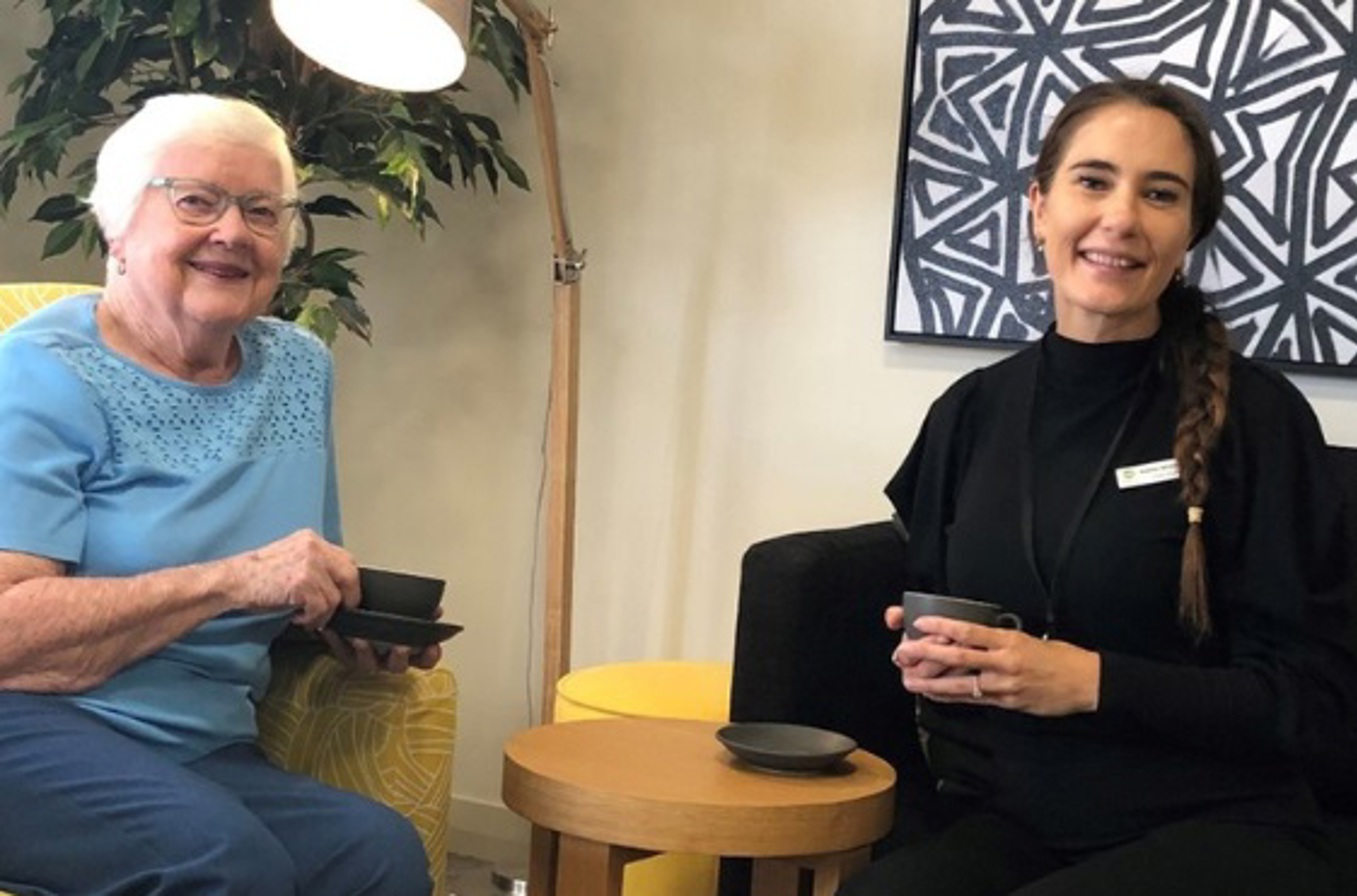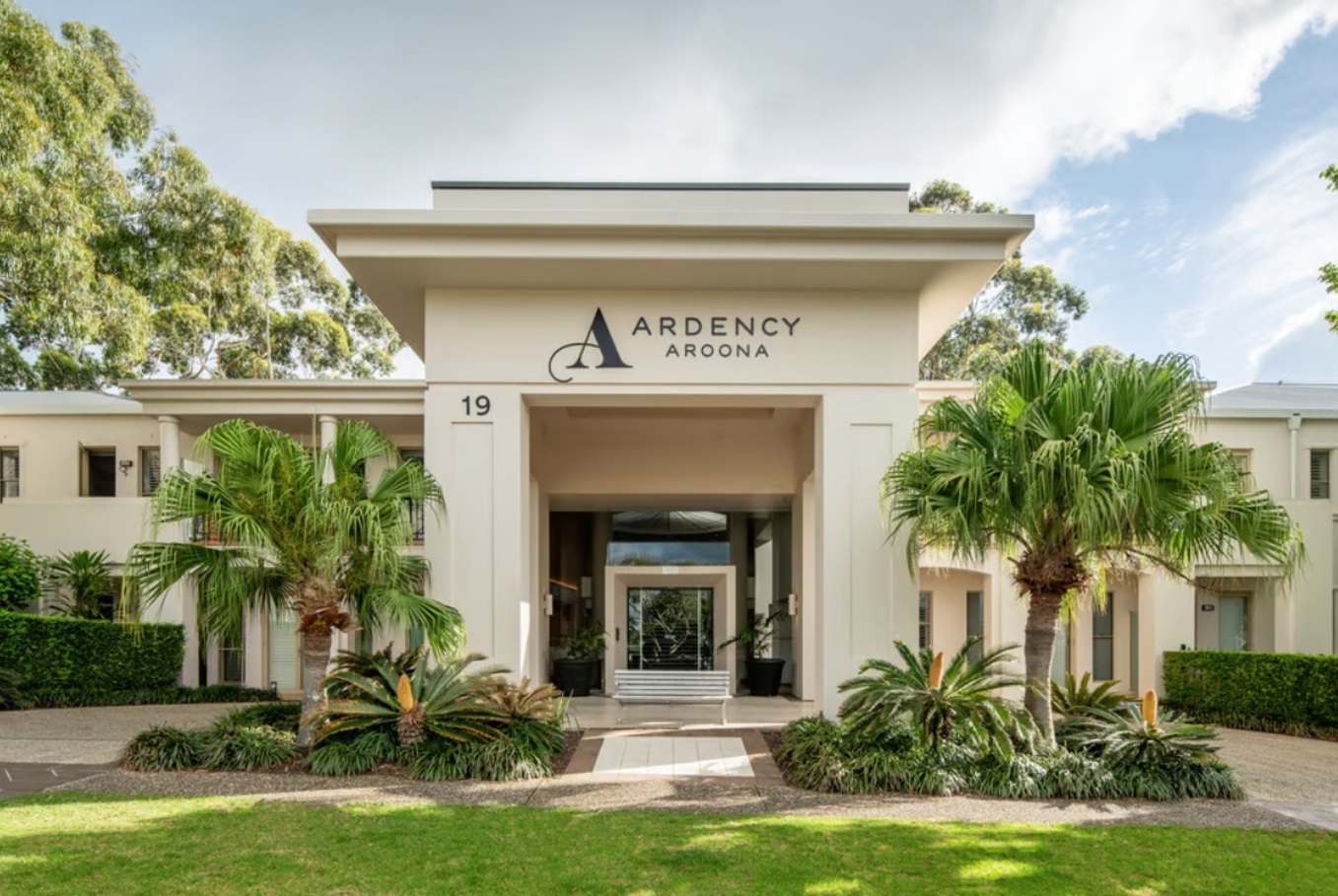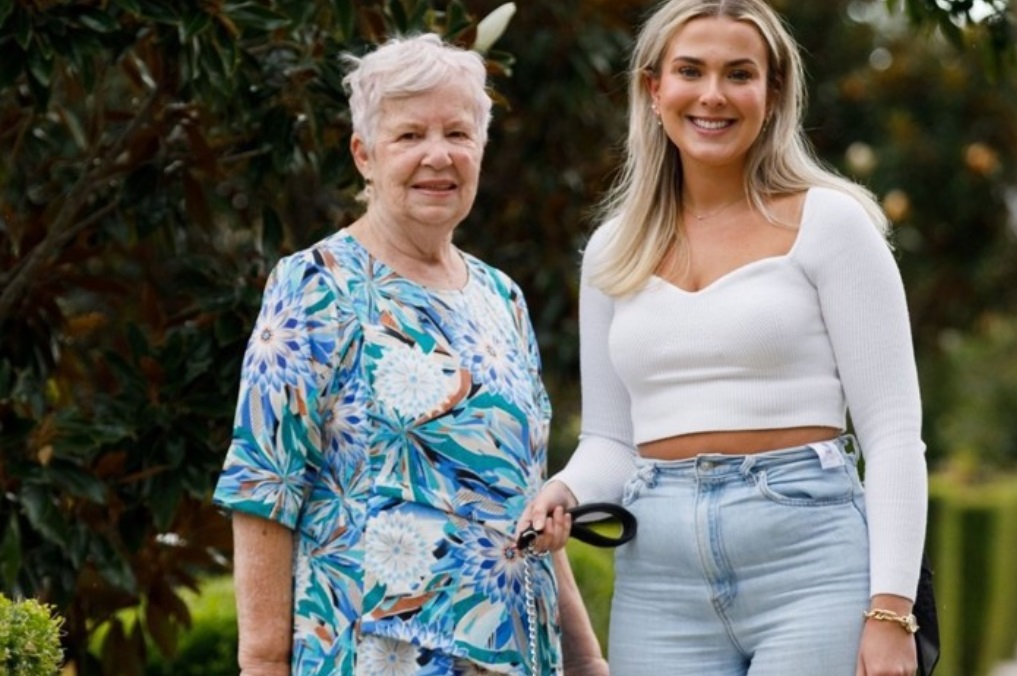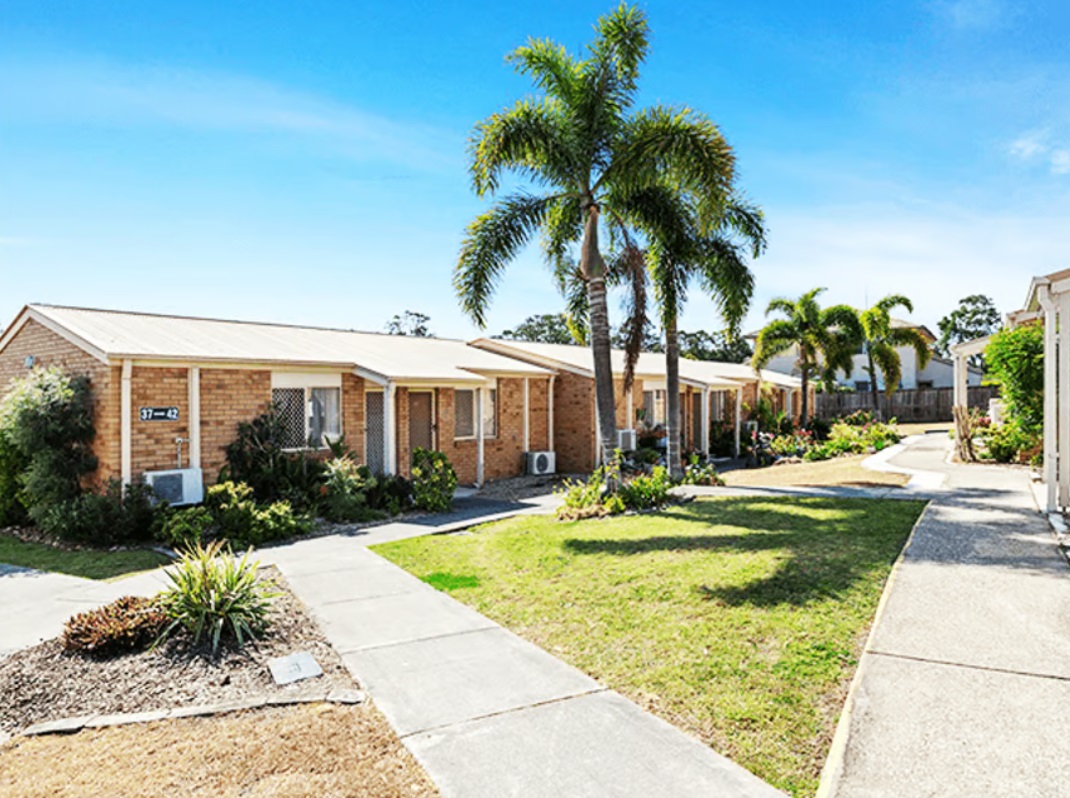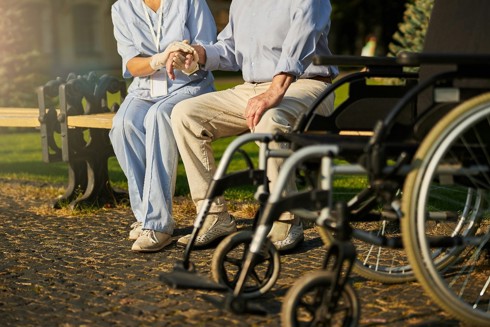Process for testing incomes
Services Australia works out the income tested care fee based on your financial information. If you are one of a couple, half of your combined income is included in the assessment, regardless of who earns the income. The family home or other assets are not included in the assessment.
Once Centrelink or the Department of Veterans Affairs has calculated how much you need to pay they will notify you and the provider. The Government will then reduce its subsidy accordingly.
There are several ways to access a form:
- Download the form from Services Australia here
- Call the Services Australia's Aged Care line on 1800 227 475 and have one posted to you
What constitutes 'income'?
‘Income’ is the amount you have left after paying income tax and the Medicare levy.
The following are not counted as income:
- Any pharmaceutical allowance, rent assistance or telephone allowance
- The pension supplement
- The Clean Energy Supplement
Plus:
- In the case of a pension payable under the Veterans, “Entitlements Act 1986”, an amount equal to four percent of the amount of the pension
Generally speaking you will need to lodge an income assessment form.
The exceptions are if you already receive a support payment from Services Australia or the Department of Veterans Affairs, such as an Age Pension or a Service Pension.
If you don't lodge an Income Test form then you will have to pay the maximum contribution which is the equivalent amount paid by a self-funded retiree.
If you don’t lodge an Income Test form then you will have to pay the maximum contribution - which is the equivalent amount paid by a self-funded retiree.
